The first time I chopped my hair into a bob, it wasn’t bold—it was desperate. My long fine hair had reached that stage where dry shampoo wasn’t helping anymore, and no amount of teasing could hide how flat it was.
I remember sitting in my stylist’s chair saying, “Just make it look like I have hair again.”
She smiled and said, “Let’s start fresh.” Ten inches later, I had my first bob—and my hair actually moved. For the first time in forever, it wasn’t dragging down my face or tangling at the ends. It framed me, lifted me, made me feel lighter—literally and emotionally.
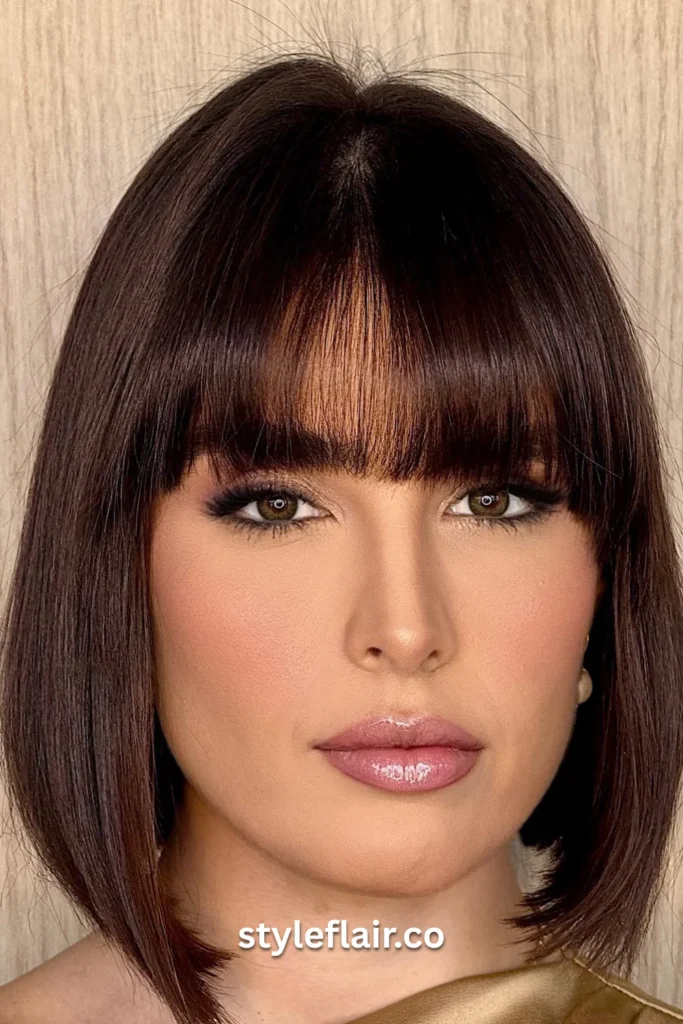

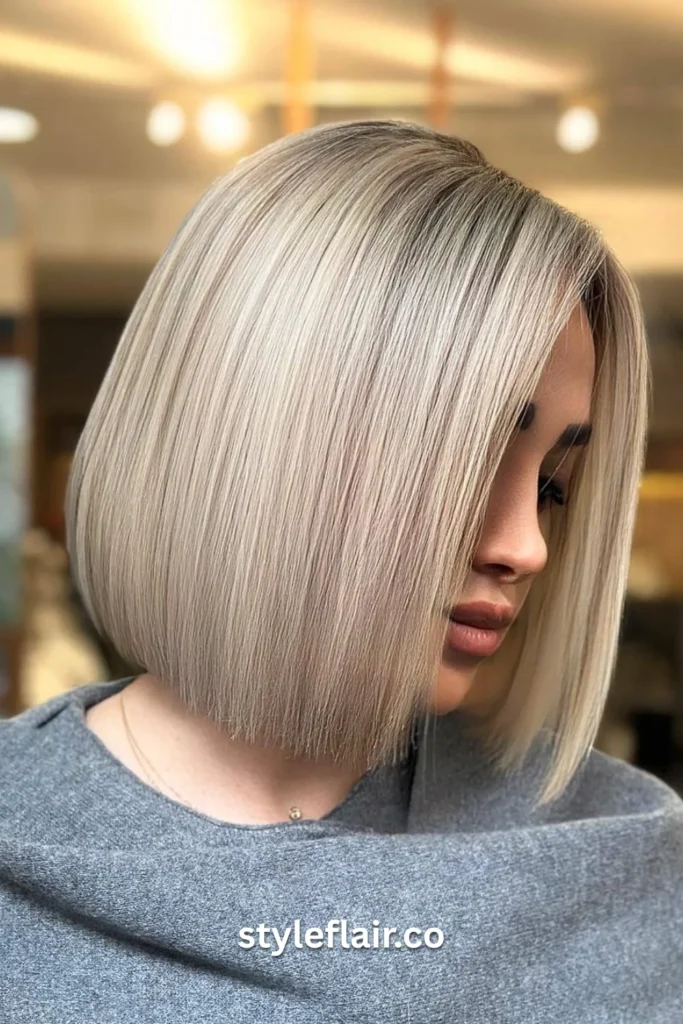

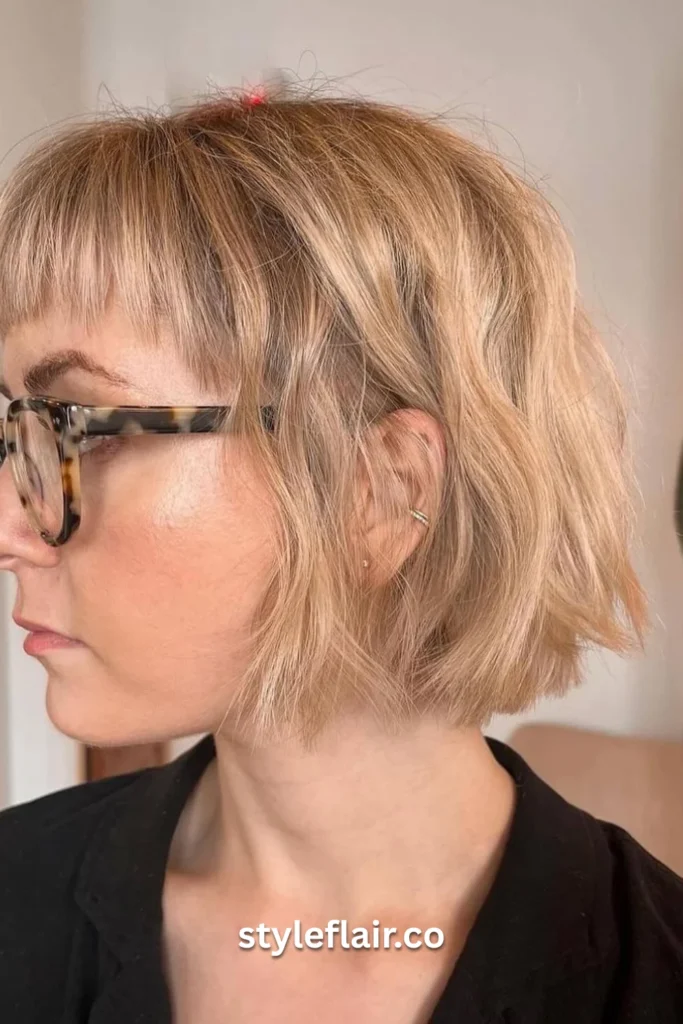
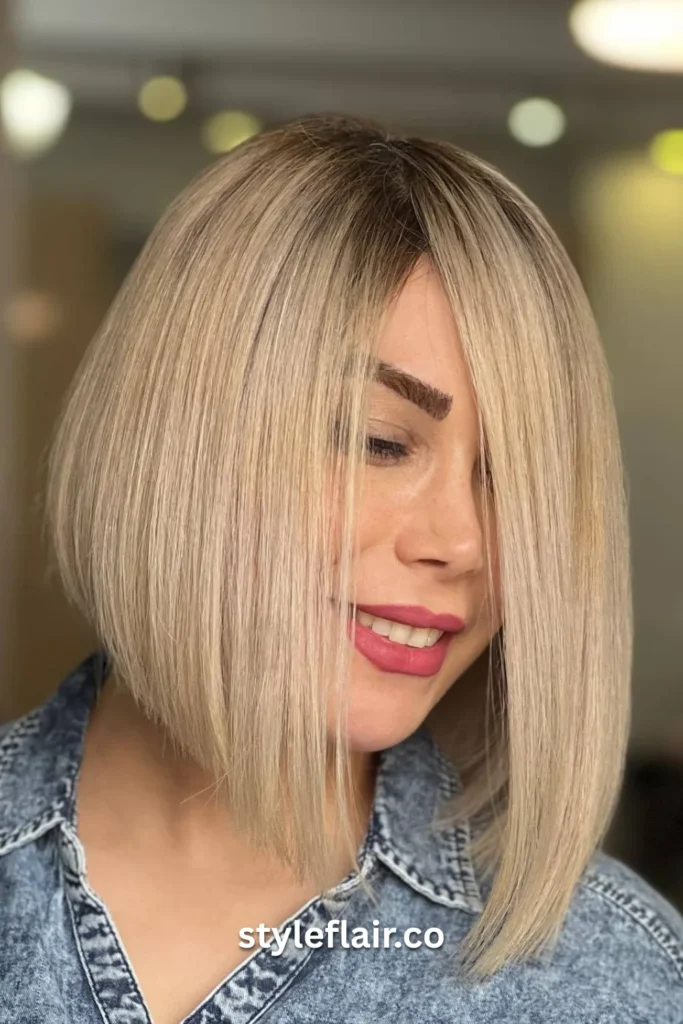
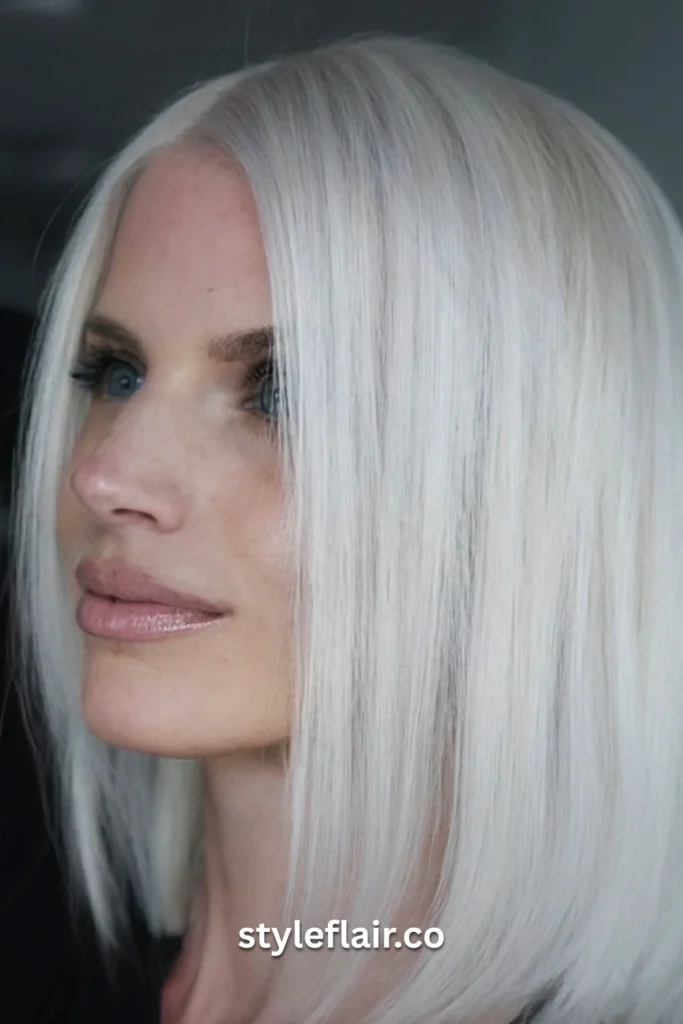
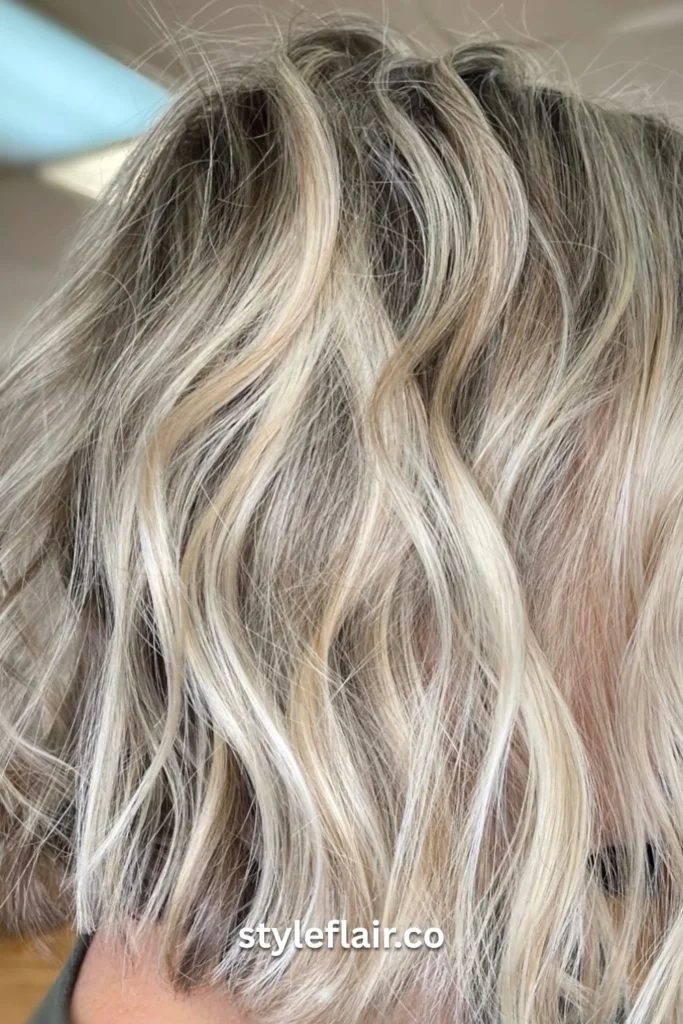


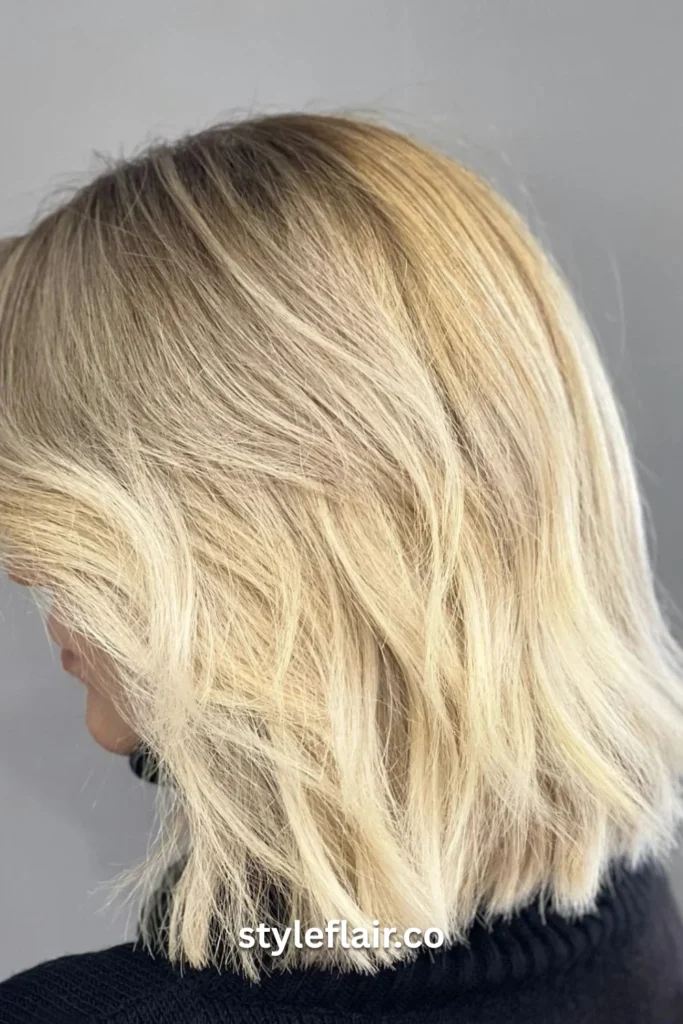
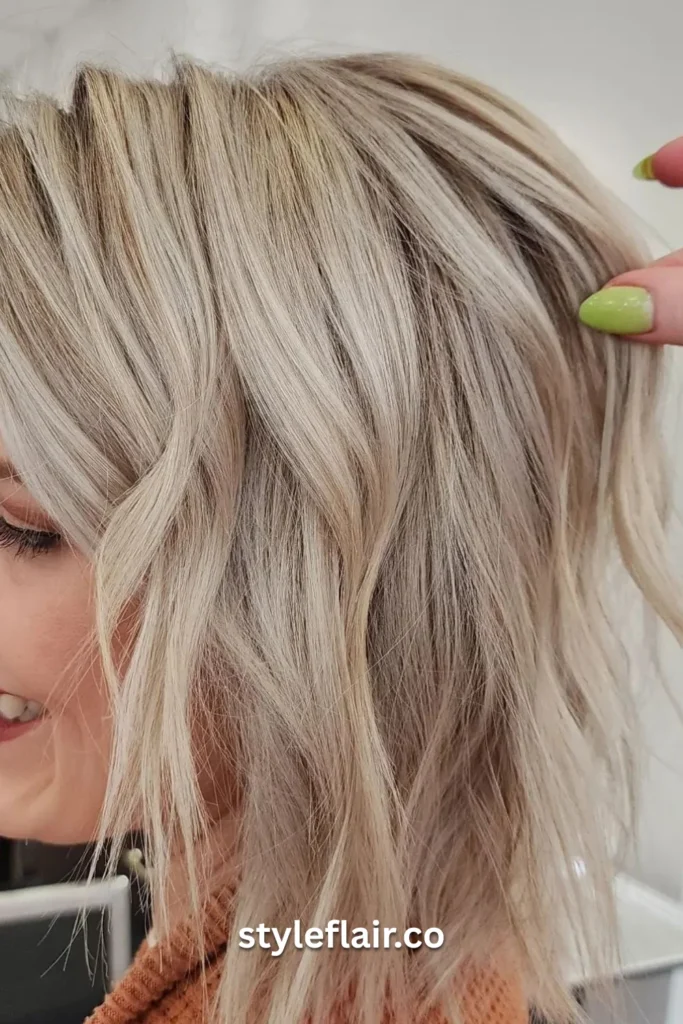
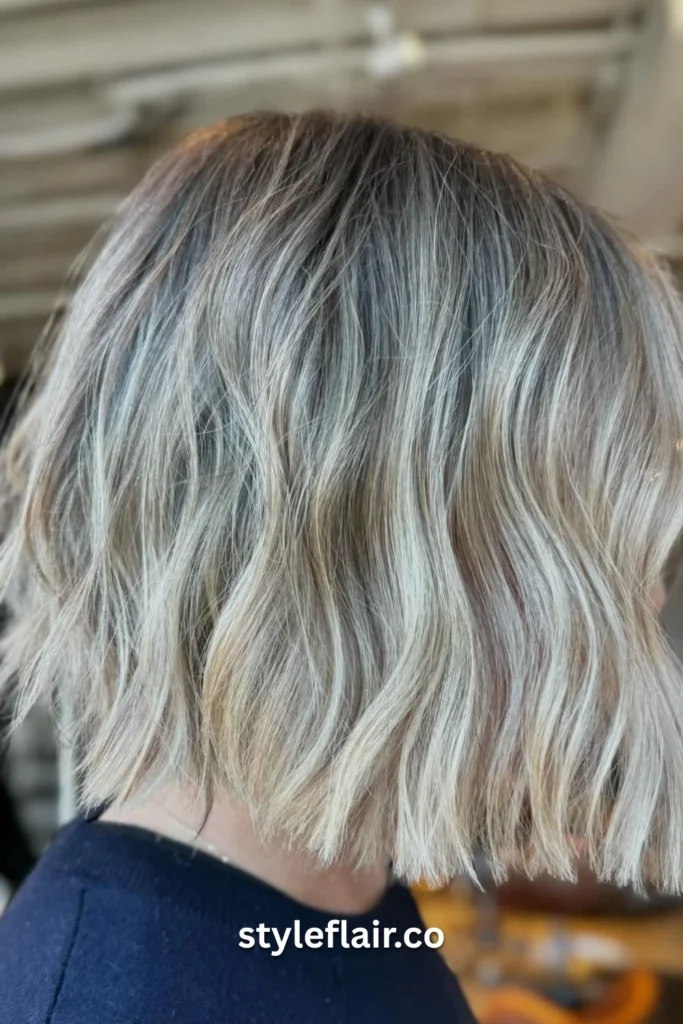

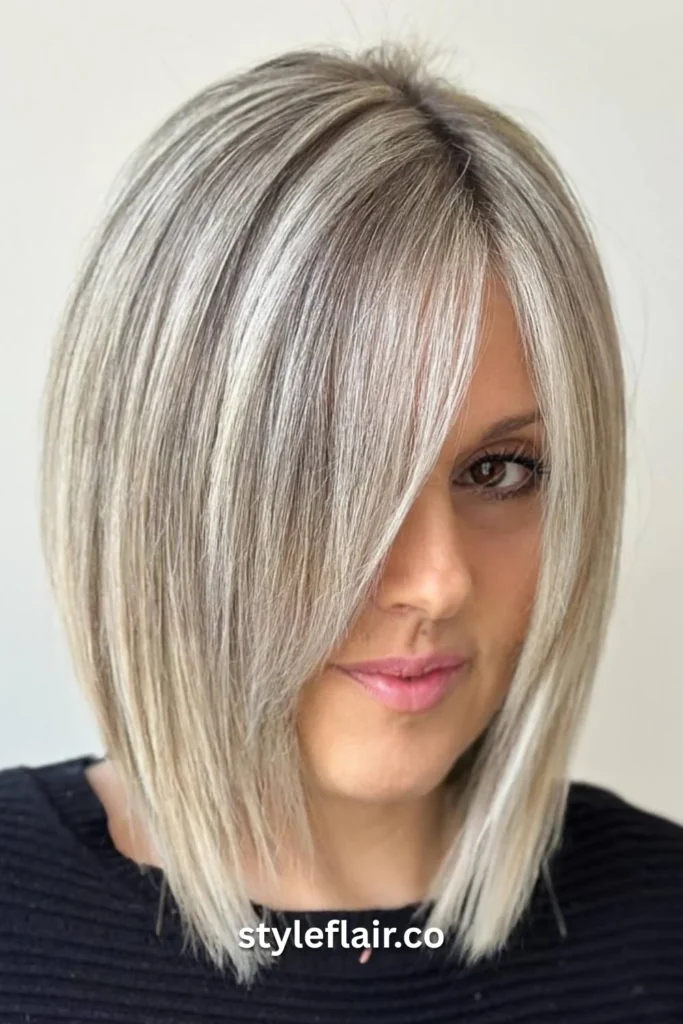
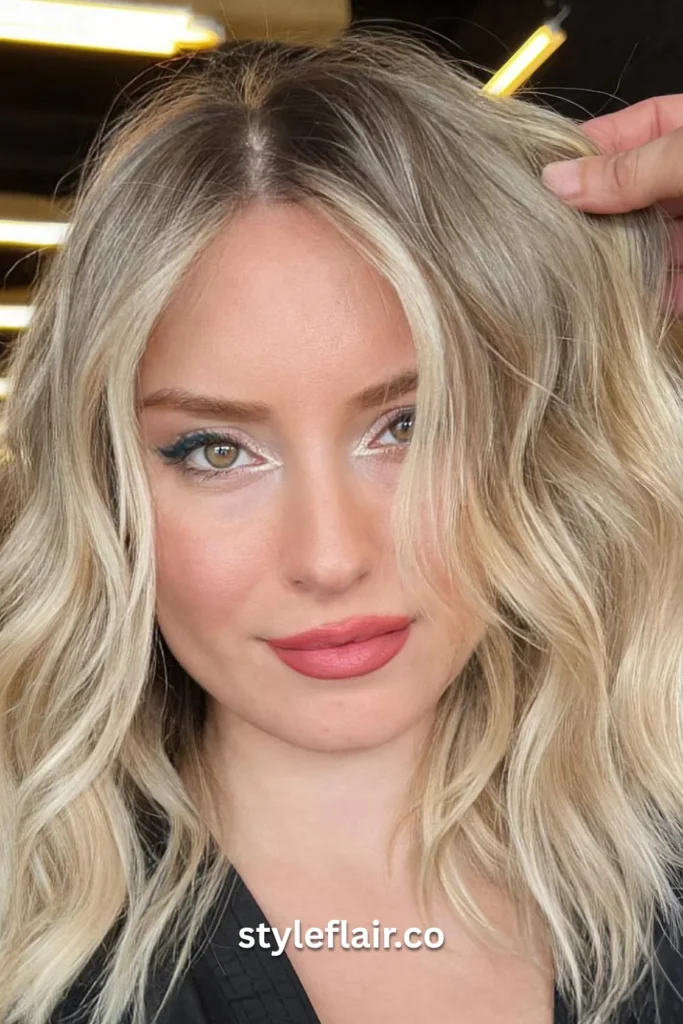
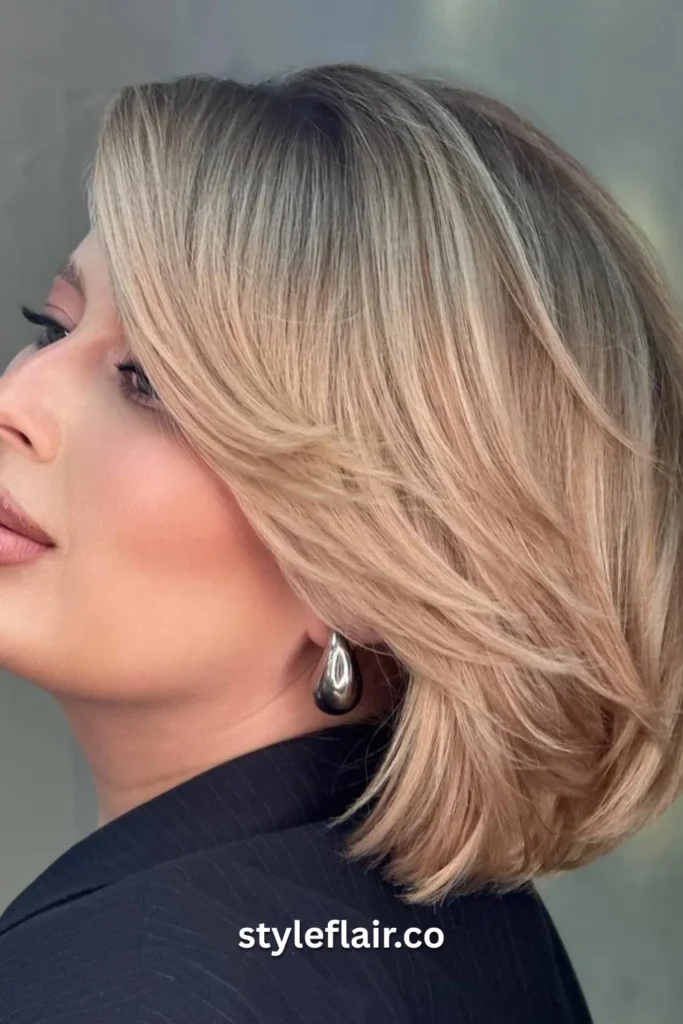

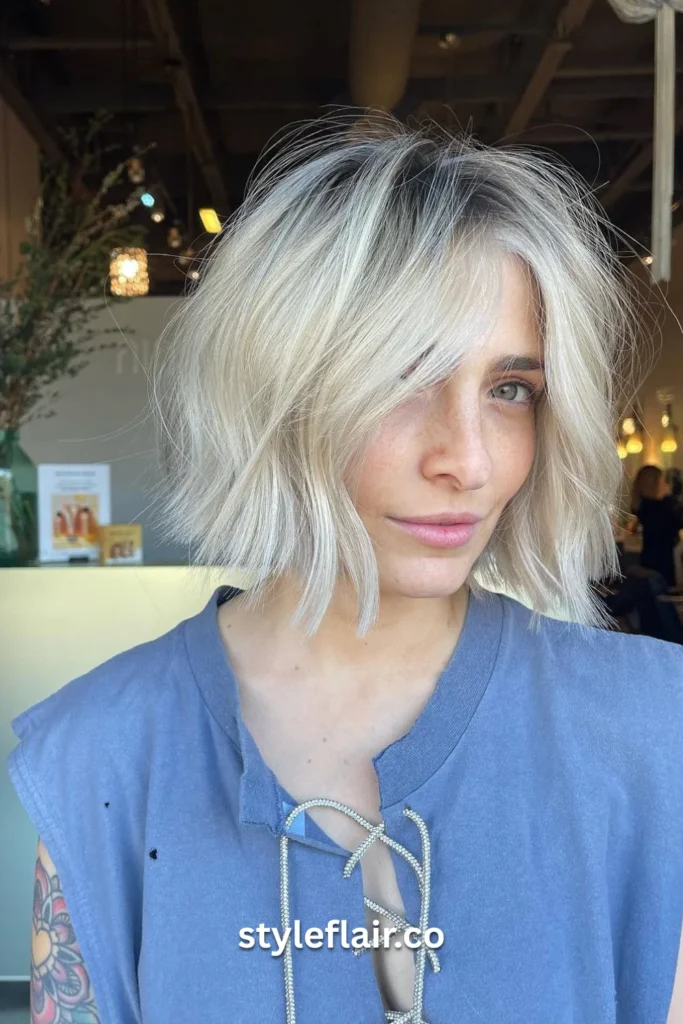
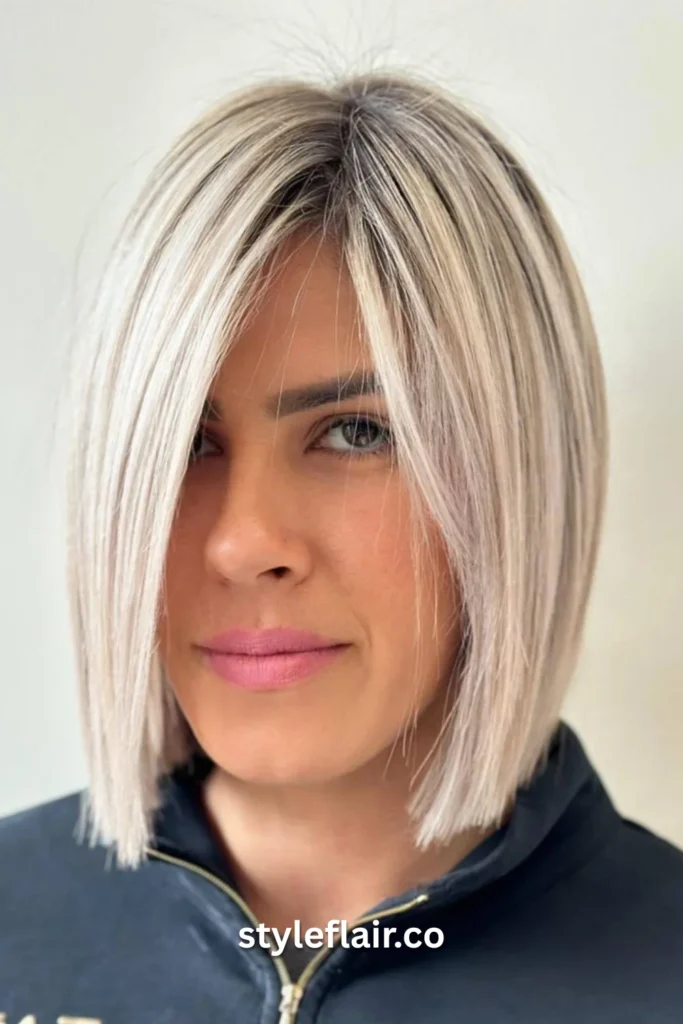
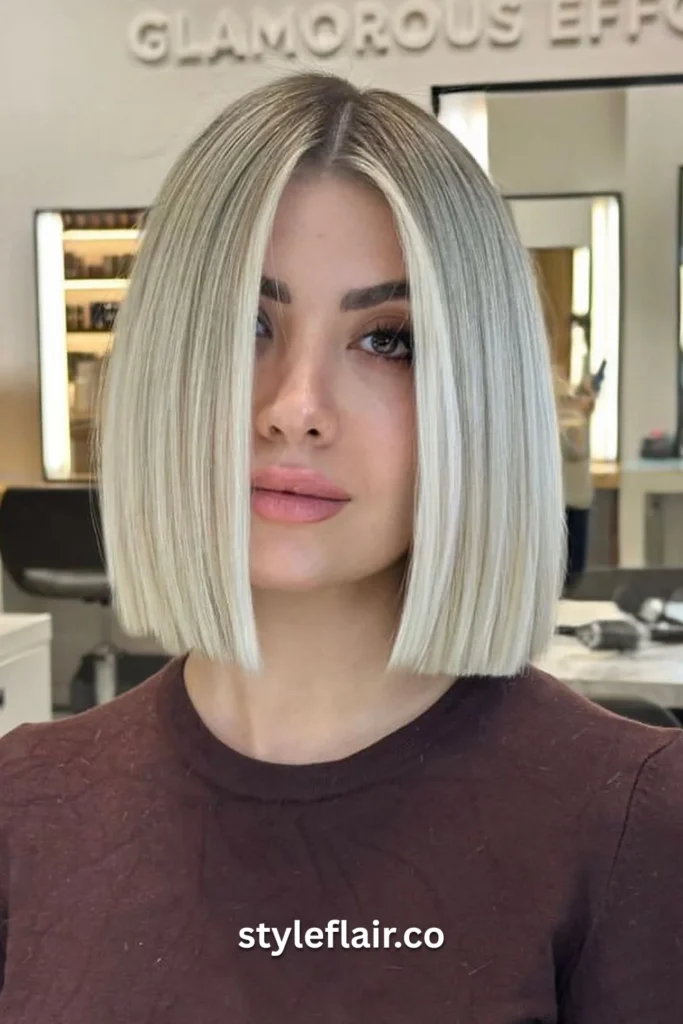
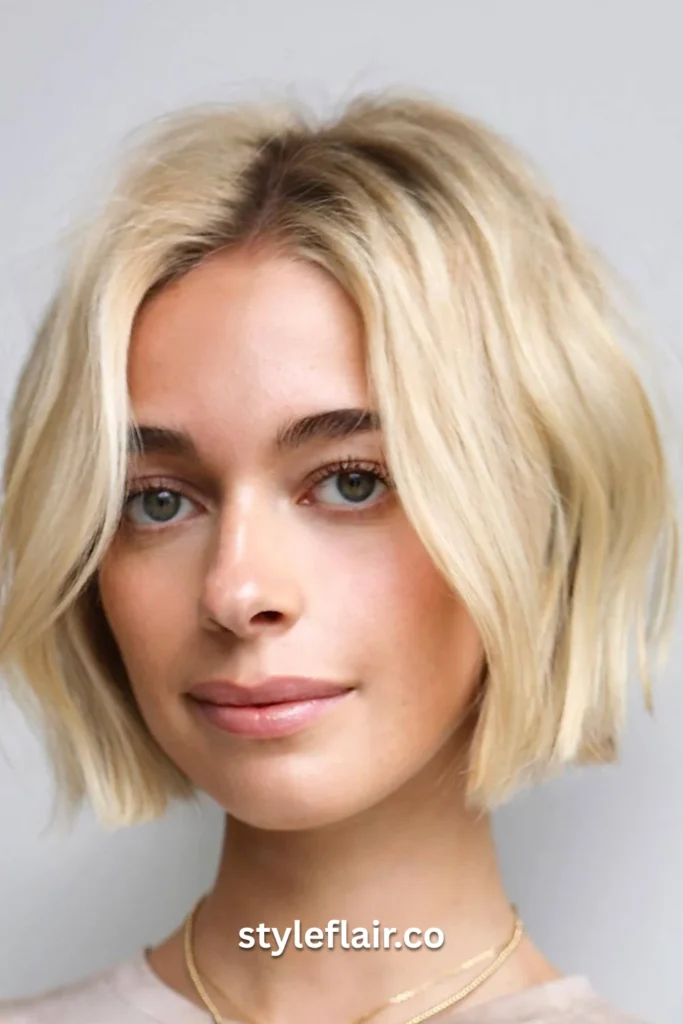
Discovering the Volume Sweet Spot
What surprised me most was how much thicker my hair looked once it wasn’t trying to be long. Fine hair and heavy length are basically enemies. But the right bob length—somewhere between the jaw and shoulders—turned everything around.
It’s that sweet spot where you still feel feminine and stylish, but your hair doesn’t fall flat by lunch. It suddenly had volume, bounce, and actual texture. People started asking, “Did you do something to your hair?” And I’d just laugh and say, “Yeah… I cut half of it off.”
The Blunt Bob Era
My first real “wow” haircut was a blunt bob—no layers, no angles, just clean, sharp edges. It gave my ends instant density. It was one of those cuts that made my hair feel purposeful again.
I could wear it sleek for a polished vibe, or tousled for that effortless, “Oh, I just woke up like this (but actually used a flat iron and texturizing spray)” look. The bluntness created this beautiful illusion of thickness that even the fanciest volumizing products couldn’t fake.
Soft Layers Changed Everything
Then came version two: soft layering. My stylist snuck in a few invisible layers around the ends and near my face. Suddenly, my blunt bob had movement. It still looked full but felt lighter—like my hair finally exhaled.
Those subtle layers also made styling easier. When I curled it, the waves didn’t clump; when I straightened it, it looked sleek, not stiff. Lesson learned: layering fine hair is less about taking weight off and more about giving the illusion of air.
The French-Girl Bob Moment
I’ll admit it—I fell hard for the French-girl bob trend. Slightly longer than the chin, soft texture, and that barely-there wave that looks like you don’t own a curling iron. It’s chic, a little messy, and the perfect low-effort cut for fine hair.
I’d scrunch in some salt spray and let it air-dry. Done. No 40-minute styling sessions, no heavy sprays. Just texture, movement, and the kind of volume that feels like a secret weapon.
The Power of the Lob
When I missed having “long hair energy,” I tried a lob—a long bob that hits just above the collarbone. It’s the in-between cut that works for pretty much everyone. On me, it gave the best of both worlds: volume at the crown, shape at the ends, and enough length to play with curls or waves.
The lob became my go-to “I need a reset” haircut. Whenever I grew my hair out and started feeling flat again, I’d cut it right back to that sweet spot. Instant lift, no regret.
Asymmetry for the Win
One of the coolest tricks my stylist taught me was the asymmetrical bob—just a little longer on one side. It’s subtle but effective. That tiny difference tricks the eye and gives movement and structure without layers.
It also feels modern, confident, and just different enough to get compliments without screaming, “I tried too hard.”
My Shortest (and Boldest) Phase: The A-Line Bob
The A-line bob—shorter in back, longer in front—was the first time I felt like my hair had attitude. The stacked shape at the back gave me built-in volume, while the longer front framed my face beautifully.
Even when I didn’t style it, the cut looked styled. It lifted the crown, curved under the jaw, and somehow made my fine strands look thicker than ever. Honestly, I think every fine-haired girl should try this one at least once.
Curtain Bangs Meet Bob
I’d never imagined bangs on short hair until I tried a curtain fringe with my lob. Total game-changer. Those light, face-framing pieces added movement to the front, which gave the illusion of fuller sides. Plus, it made my cheekbones look higher (bonus points).
On lazy days, I’d just flip my bangs to one side, and suddenly it looked like a styled cut.
Textured Bobs = Effortless Volume
Texture is magic for fine hair. The moment I started embracing slightly messy, undone finishes, my bobs looked twice as thick. A little wave, some dry shampoo, and a quick finger comb through—that’s it.
The textured bob is basically the grown-up version of “I didn’t try, but I still look good.”
The Glass Hair Phase
After all the tousled looks, I went full opposite: glass hair. Super sleek, sharp, and glossy. It was clean, elegant, and surprisingly powerful. Straightening my blunt lob into a mirror finish made it look expensive—like every strand counted.
Here’s the secret: with a blunt bob, shine acts as texture. The reflection gives you a “thicker” look, even without waves.
The Collarbone Bob I Keep Coming Back To
If I had to name my forever cut, it would be the collarbone bob. It’s long enough to feel versatile but short enough to stay full. I can curl it, wave it, slick it back, or just wear it natural.
Every time I go back to this length, people think I’ve changed my whole routine—but really, it’s just the cut doing the heavy lifting.
My Haircare Routine Got Simpler Too
Here’s what I learned after cycling through a dozen bob versions: you don’t need a hundred products. You need the right ones.
- A lightweight volumizing mousse at the roots.
- A heat protectant spray (non-negotiable).
- A texturizing powder for lift.
- A dry shampoo to fake freshness and add grit.
And that’s it. When the cut is right, the products become backup dancers, not the main act.
Maintenance: The Unsexy Secret
I trim every six to eight weeks, even when I don’t want to. The structure of a bob fades fast, and a crisp line is what keeps it looking “styled.” Regular trims keep the ends blunt and the volume consistent.
And yes—heat protection always. Fine hair fries faster than you think.
What I Know Now
After years of trying to “grow out” my fine hair, I realized the truth: shorter can be stronger. Every time I went back to a bob, my hair felt healthier, thicker, and more confident—just like me.
Bobs don’t hide fine hair; they celebrate it. They make what you do have look like more. And that’s the magic.
My Top Bob Picks for Fine Hair
If you’re ready to take the leap, here are the 25 styles I’ve tried, loved, or seen work wonders:
- Blunt chin-length bob
- French-girl bob
- Textured bob
- Layered lob
- Asymmetrical lob
- A-line bob
- Soft shag bob
- Collarbone bob
- Curved-under midi bob
- Bob with curtain bangs
- Precision-cut bob
- Tousled wavy bob
- Beachy long bob
- Blunt lob with shine
- Razor-cut bob
- Curly or wavy lob
- Side-parted blunt bob
- Flipped-out bob
- Sleek midi bob
- Chin-length feathered bob
- Messy French lob
- Graduated bob with volume
- Low-maintenance blunt lob
- Bob with wispy layers
- Shoulder-length power bob
The Final “Yep” Moment
Every time I get that perfect bob—polished or tousled, layered or blunt—I look in the mirror and think, “That’s me.” It’s simple, modern, and powerful.
For anyone with fine hair, it’s proof that you don’t need more hair—you just need the right haircut.
Want to Explore More?
20+ Gorgeous Medium Cuts Perfect for Thin Hair
30 Gorgeous Long Hairstyles to Make Thin Hair Look Thicker
And when you find it, trust me—you’ll feel that quiet, confident “yep” too.
Would you like me to do a follow-up version that includes mini personal notes for each of the 25 bob styles (like “I tried this one when my hair felt flat—here’s what happened”)? It would read like a mix of story + guide.


